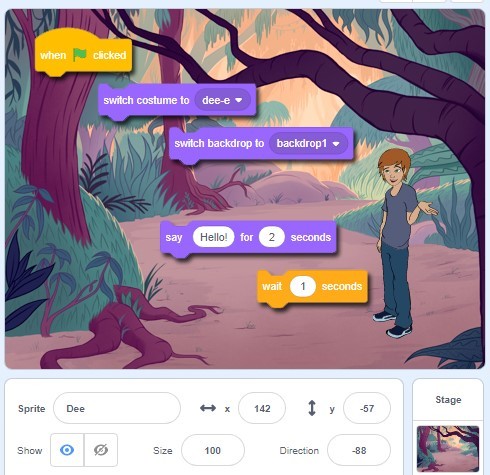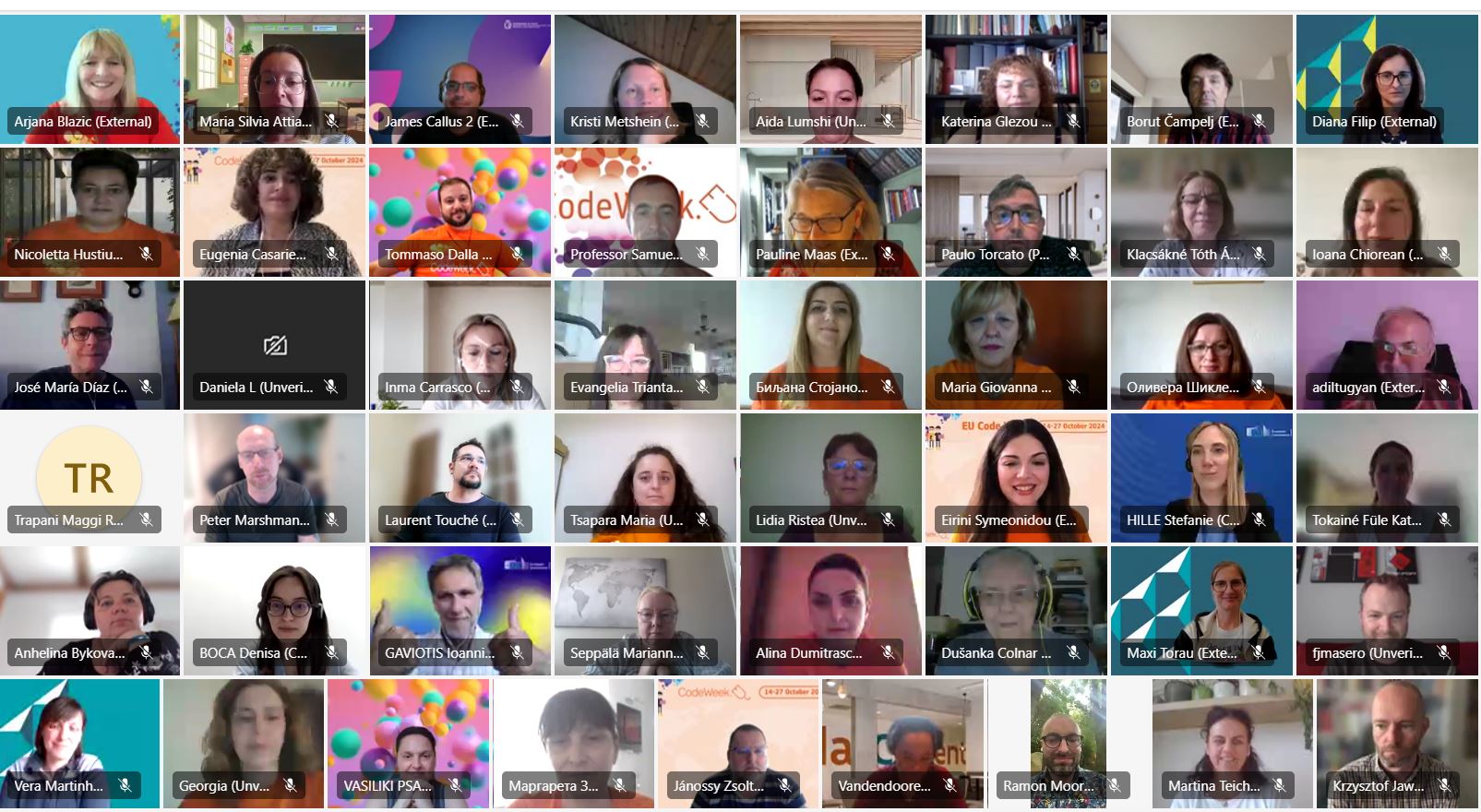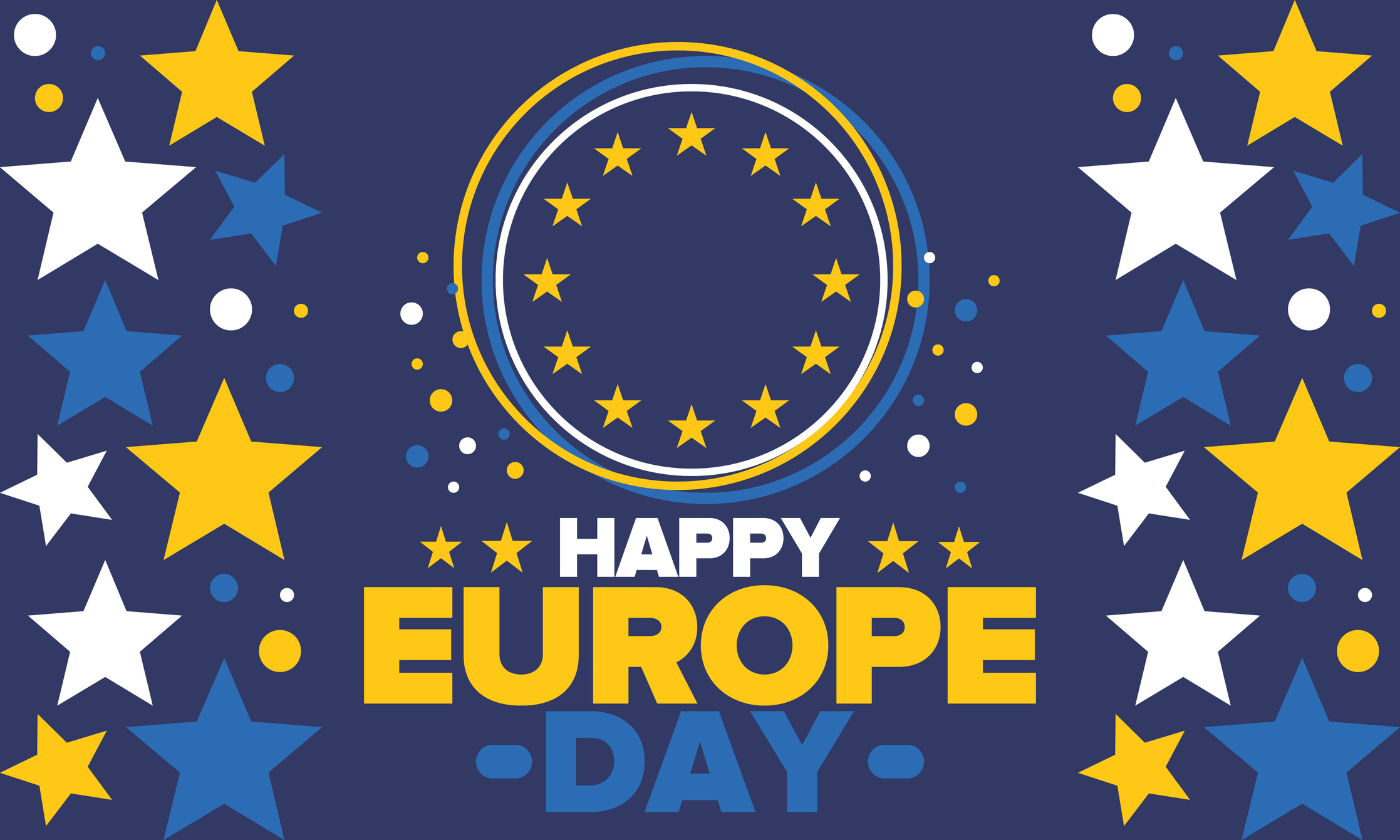Tell your own story with Scratch! An activity to try at home during lockdown
Publication date: May 28, 2020
By José María Díaz Fuentes, a Scientix ambassador and teacher in Physics, Technology and ICT at the Salesian School Santo Domingo Savio in Spain.
During the online classes of this long period of quarantine, we have proposed a simple activity – in various phases – inviting our students to tell us a short history of their invention.
In the first phase, the teacher presents the project using an unfinished story that will later be completed, as an example. The Scratch project example can be found here.
The first task for students is to prepare a script, written on paper, telling their own story but fragmenting the narration into short sentences. It should be a short story, with logical sense, with good
style and, if possible, suitable for young children. With this activity, we promote creativity, narrative logic, use of the rules of writing and literary sense. It is not advisable to use many actors in it so that the encoding task is not too complex.
In the second phase, the students start building the beginning of their narration with Scratch. They only make the beginning. The objective is to put the student in contact with the fundamental tools, clarify doubts and enable them to ask questions about what they want to achieve. They should get familiar with the following basic blocks first:
#1: Start (Click on the flag)
#2: Choice of actor (Choose a Sprite)
#3: Change of appearance of the actor (Switch costume to)
#4: Choice of stage (Choose a Backdrop)
#5: Change of stage (Switch backdrop to)
#6: Diction (Say)
#7: Pause (Wait)

We have enabled a shared document so that each student can write down their questions. Any student can answer the questions of another classmate (as well as the teacher if he considers it appropriate). In this way, students learn – step by step – to control the position of the actors, their size, their movements, some special effects and to create their own scenes and characters in the story.
In the third phase, the stories are completed, and all projects are shared with everyone. Each student evaluates various works of their peers, gives constructive feedback and suggests improvement ideas.
Here you can find my completed story.

This activity encourages students, helps them to learn, to collaborate, as well as to improve their skills, and it is also very fun. I encourage you to do it!

